I managed to export English text to a csv file and toimplement localization. Latin letters and words work fine for any language (e.g.: German) but my program cannot export Chinese/Korean words to the csv, instead showing weird characters:
For reference, the English version looks like this:
Here's the code I use to generate the file:
ofstream file(filename);
// file.imbue(locale(file.getloc(), new std::codecvt_utf16<wchar_t, 0x10ffff, std::little_endian>()));
file << outputListWaveform << "\n";
//this is the part get the header of each column
for (int x = 0; x < data.size(); ++x)
{
file << get<0>(data.at(x));
if (x != data.size() - 1)
file << ",";
}
file << "\n";
for (int i = 0; i < get<1>(data.at(0)).size(); ++i)
{
for (int j = 0; j < data.size(); ++j)
{
auto header = get<0>(data.at(j));
auto dVal = get<1>(data.at(j));
auto bVal = get<2>(data.at(j));
file << ((header == FileOpConstants::BOST || header == FileOpConstants::EOST) ? bVal.at(i) : dVal.at(i));
if (j != data.size() - 1)
file << ",";
}
file << "\n";
}
file.close();
And here are the codes to import the CSV file back
StepTable data;
ifstream file(filename);
if (!file.is_open())
{
string errMsg = "Could not open file: " + filename;
throw runtime_error(errMsg);
}
string line, colname;
if (file.good())
{
getline(file, line); // metadata (e.g. "Output List Waveform" as generated using Cyclops)
getline(file, line); // column header
stringstream ss(line);
while (getline(ss, colname, ','))
{
data.push_back({colname, vector<double>{}, vector<bool>{}});
}
}
// Get Column Values (row by row)
while (getline(file, line))
{
int i = 0;
auto val = Utility::split(line, ',');
for (const auto& v : val)
{
auto header = get<0>(data.at(i));
if (header == FileOpConstants::BOST || header == FileOpConstants::EOST)
{
get<2>(data.at(i)).push_back(stoi(v));
}
else if(header == VoltageHeader || header == CurrentHeader || header == PowerHeader || header == ResistanceHeader || header == TimeHeader )
{
get<1>(data.at(i)).push_back(stod(v));
}
else{
return {};
}
i++;
}
}
file.close();
return data;
I tried this method ( https://www.itg.ias.edu/content/how-import-csv-file-uses-utf-8-character-encoding-0 )on my exported CSV file and it looks like this:
I am able to export and import the Chinese CSV file without any error. But what I would like to view the exported CSV file with the correct Chinese word without any extra steps.


